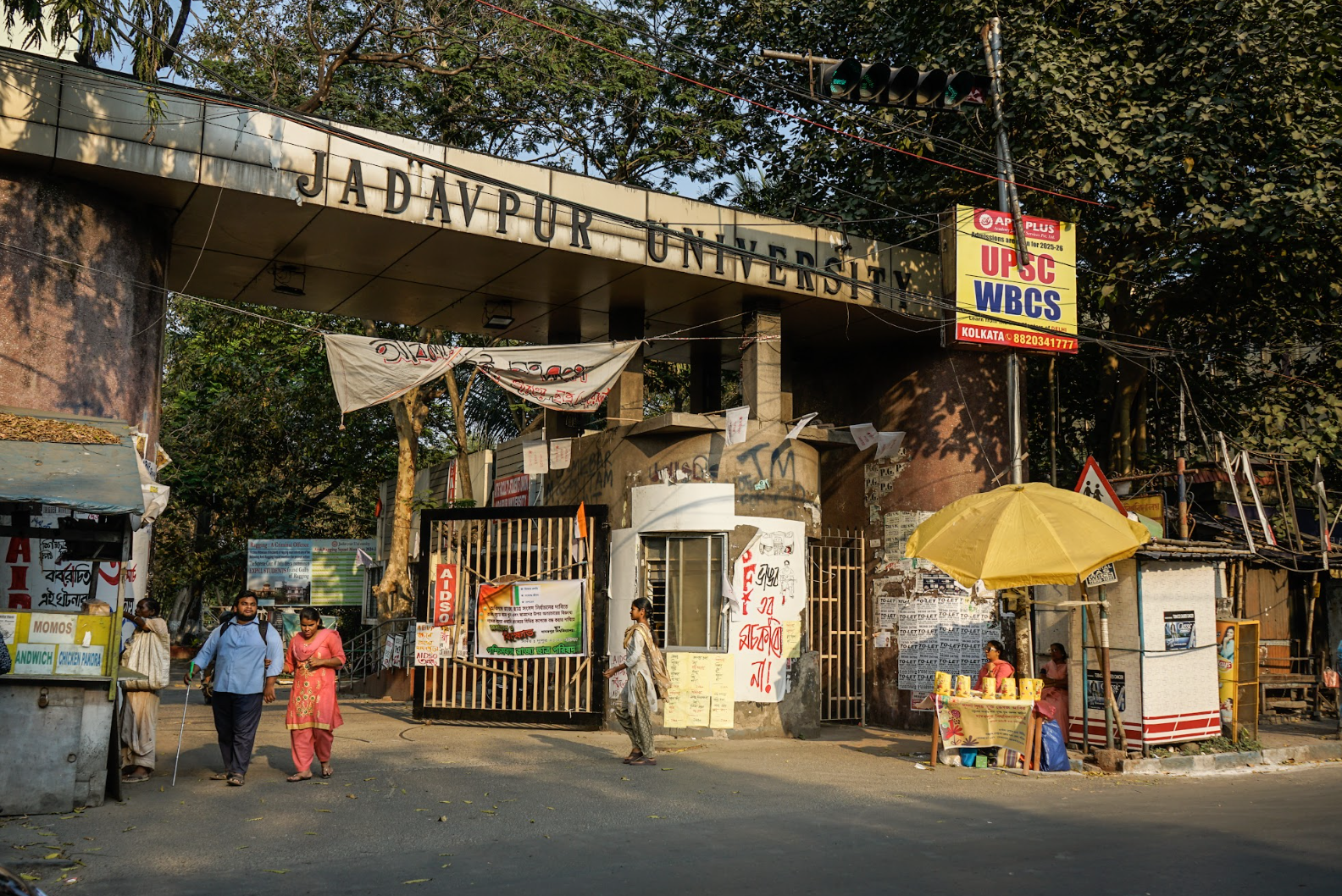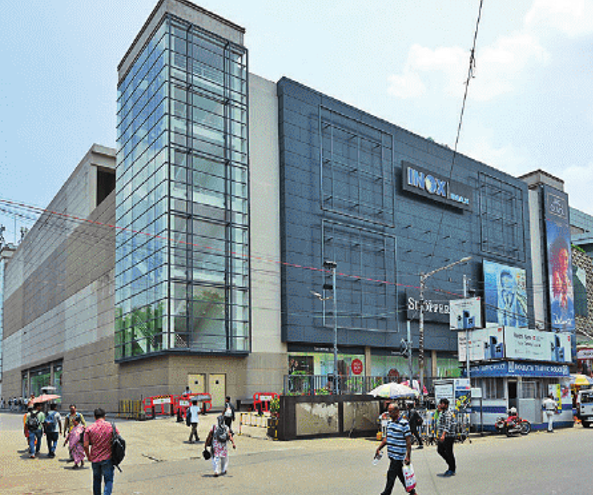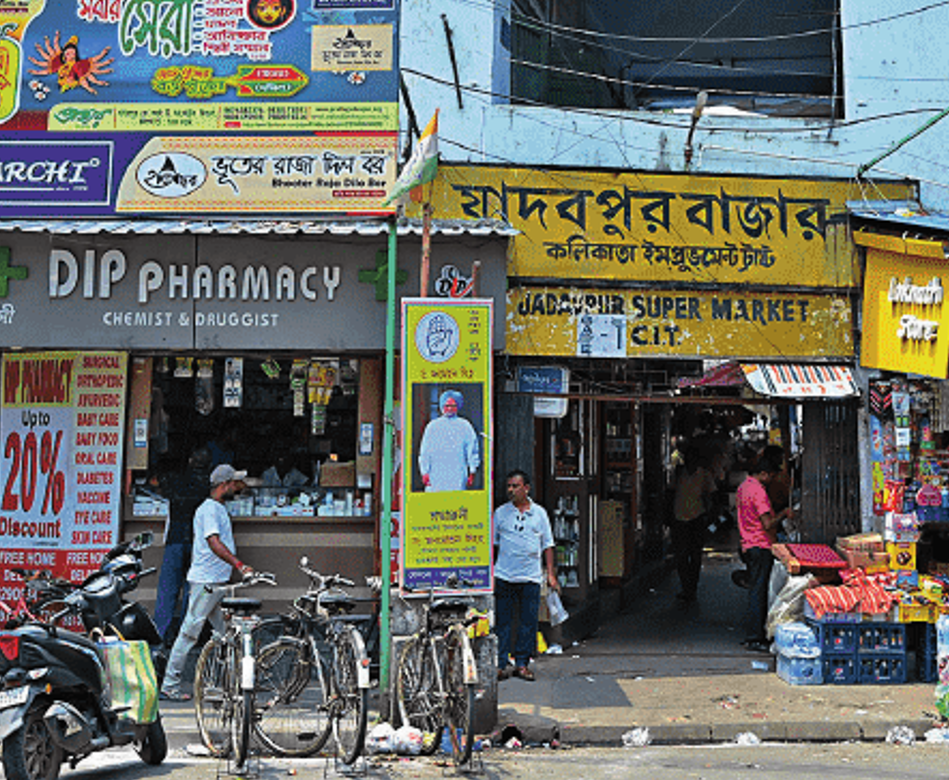In the heart of south Kolkata, a transformation has reshaped the landscape of Jadavpur, particularly along Prince Anwar Shah Road, reflecting the city's evolving identity-from an industrial powerhouse to a modern urban centre. This area, once known as the East Bengal Refugee Colony, has witnessed a change that mirrors the broader evolution of Kolkata itself.
History
The metamorphosis of Jadavpur from a suburban colony into one of the most prominent locations in south Kolkata over the last eight decades shows a
dramatic change in the character of the city. The name Jadavpur is believed to have been derived from the zamindar of Sonarpur, Jadav Narayan Sarkar
and during the British era it was by and large a rural area. Due to its proximity to the municipal area Ballygunge, it could embrace urbanisation faster.
In the wake of the Partition in 1947, the Jadavpur neighbourhoods had witnessed a rise in population after a massive influx of refugees from East Pakistan and thus, colonies were formed. The Calcutta Municipal Corporation Act 1980, which came into effect in 1984, extended the boundaries of Kolkata by including South Suburban, Garden Reach and Jadavpur municipalities in the city. Mamata Banerjee became the youngest parliamentarian in 1984 when she defeated Communist politician Somnath Chatterjee from Jadavpur parliamentary constituency.

Metamorphosis
The story of Jadavpur's transformation began in 1906 when Swadeshi movement led to establishment of several scientific and technological institutions in the area. The crown jewel among them was Jadavpur University, which evolved from a modest technical institute into a comprehensive educational powerhouse. The two prestigious research institutes by its side made Jadavpur an intellectual hub of Kolkata, challenging the dominance of College Street.
Now, the stretch between the historic Tipu Sultan Mosque and Jadavpur police station tells a tale of dramatic urban renewal. Perhaps nothing symbolizes this change more than the fate of Joy Engineering Works, once the manufacturer of Usha sewing machines and fans. Where workers once responded to the 9 am siren, now stands the imposing South City complex - a modern mixed-use development with residential towers, a school, a club and a mall.
"The 9 am siren was once the heartbeat of this industrial area," said Amiya Kumar Pal, a resident.
The transformation extends beyond South City. Former landmarks like Lord's Bakery have faded into memory, while Dhaka Kalibari maintains its
religious significance. Navina Cinema, once known for screening Hollywood films, has reinvented itself as a premier destination for Hindi and Bengali blockbusters. The area now houses at least three high-rises and a trendy club, built on what was once a corporation office. Abhishek Das, a resident, said, "Playing with friends on road, early morning cricket during summer and winter holidays, Durga Puja, Diwali and adda on Sundays make my para an integral part of my life. In past few decades, I have seen changes here with several houses being pulled down for construction of high-rises. But my bond with my para remains intact."

Change in social fabric
The change hasn't been merely physical. The social fabric of the area has undergone a significant shift. In the early 1990s, the poorly lit Anwar Shah
Road was considered unsafe, particularly for woman students of Jadavpur University. Local toughs like Sheikh Binod and Sheikh Shahzada were notorious names in the area. Today, the same stretch has been transformed into a bustling urban corridor.
Samrat Bandhopadhay, a resident since 1985, said, "The law-and-order situation has improved dramatically since these developments began. The new
Anwar Shah Road-Southern Avenue Lake flyover and the Jibanananda Setu that leads to Bypass have not just made commuting much more convenient
but also helped add to the cosmopolitan nature with IT executives choosing to set base here."
The Jadavpur market area near 8B bus stand is a key crossing here due to its proximity to Jadavpur University, KPC Medical College and K S Roy TB
Hospital. Poet Sukanta Bhattacharya had passed away at this TB hospital in 1947 at the age of 21.
Ghumali Bhattacharya, a resident, said, "My locality has witnessed improvements over the years, particularly with the upgraded bus stand complex.
While the bus stand has been revamped, rise in mosquito-breeding grounds due to stagnant water remains a concern. The roads need major repairs, too."

Local industries
During the British era, native industries flourished in Jadavpur. For example, Bengal Lamp was set up in 1913 and it used to produce fluorescent lights, tube lights and filament bulbs. The factory was locked out in 1989. A popular crossing in the area was named after fountain pen ink brand Sulekha, which is still in production. The company was started by brothers Nanigopal and Sankaracharya Maitra at Rajshahi in Bangladesh in 1934. Two years later, Sulekha shifted its operations to a rented accommodation at Bowbazar and in 1946, it moved to its present location in Jadavpur. "The legacy of our brand has become synonymous with our bond with Jadavpur. Many locals work in our factory and some have been working with us since the time of my forefathers . Though many changes have taken place near Sulekha More, nostalgia still reigns supreme for many when they pass by Sulekha crossing," said Kaushik Maitra, MD of Sulekha, which was revived in 2006 after its closure in 1987.
National Instruments Ltd, a Government of India undertaking, used to produce gauges and indicators, thermometers, surveying instruments, optical instruments and mass-produced cameras (National 35 model). As it became sick, the unit was closed down and transferred to Jadavpur University in 2009. Other significant industrial units were Annapurna Glass Works and Krishna Glass Works.
Green concerns
Urbanisation of Jadavpur has also led to green concerns over loss of natural water bodies (jheels) and playgrounds to development. Yet, proponents of
the change point to economic benefits, including employment for the youth from surrounding areas like Gobindapur, Bijoygarh and Poddarnagar.
Resident Ratna Dasgupta said, "My para has always been surrounded by natural water bodies and greenery. Although much of it is gone now, the area
is still better than many other localities of Kolkata."